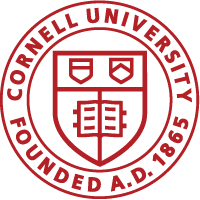
Saurabh Mehta
Associate Professor
Nutritional Sciences
College of Agriculture & Life Sciences, College of Human Ecology - Ithaca
Interests: Diagnostics, Human Health, Infectious Disease, International, Microbiome, micronutrients, Nutrition, Nutritional Immunology
Given that a) the majority of the world is either over- or under-nourished; and b) diet and nutrition-related factors represent the largest proportion of risk factors for global mortality and morbidity, we often use nutritional interventions to modify the risk of adverse health outcomes in our research. Further, we examine the mechanistic linkages between nutrition and health – for example, we recently concluded a randomized trial of iron-rich pearl millet among children in urban slums of Mumbai to determine its effect on growth and immune function, among other outcomes, and are also assessing how this effect may be modified by the gut microbiome’s composition and function.
The central theme of my research is the interplay between nutrition, inflammation, and infection. Specifically, my research is on a) identifying risk factors that predict poor health in our communities as early as possible through active surveillance; b) inventing field-friendly devices such as the Cornell NutriPhone and FeverPhone to enable community-level or point-of-need diagnoses; and c) intervening to modify the identified risk factors mainly through sustainable interventions. Given that a) the majority of the world is either over- or under-nourished; and b) diet and nutrition-related factors represent the largest proportion of risk factors for global mortality and morbidity, we often use nutritional interventions to modify the risk of adverse health outcomes in our research. Further, we examine the mechanistic linkages between nutrition and health – for example, we recently concluded a randomized trial of iron-rich pearl millet among children in urban slums of Mumbai to determine its effect on growth and immune function, among other outcomes, and are also assessing how this effect may be modified by the gut microbiome’s composition and function.



